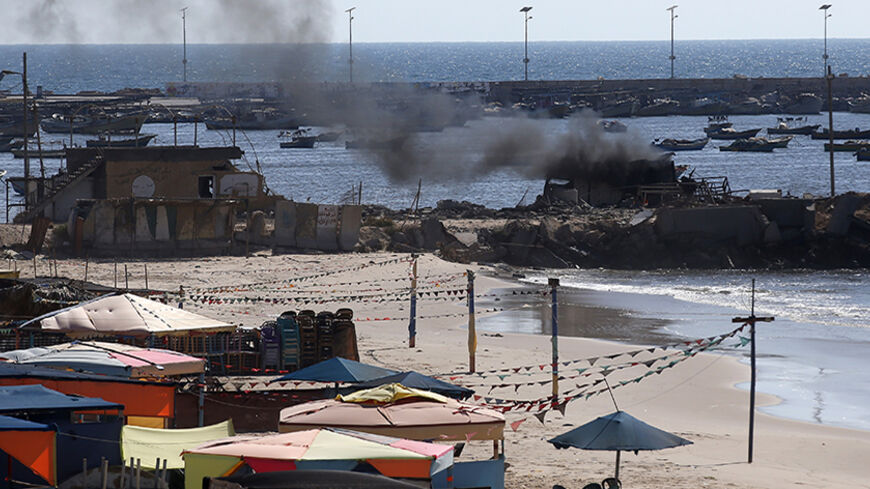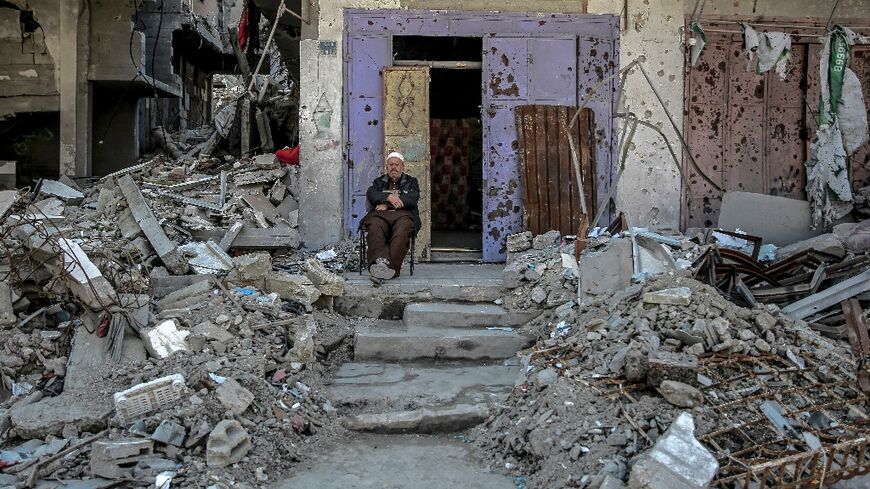Will 'lawfare' define Palestinian-Israeli conflict?
In the current Gaza conflict, Israel has the military advantage over Hamas in warfare, but the Palestinians might have an edge in "lawfare."

The latest conflict between Palestinians and Israelis is highlighting a number of innovations in war fighting. Some of these advances are technological: Palestinians are employing more powerful rocket systems with greater ranges as well as a sophisticated tunnel system, and Israelis are using an array of modern war methodologies, including drones and precision weaponry. What might be more significant than these technologies, however, is the means of 21st century combat I call “lawfare.”
Lawfare has been defined, by this writer anyway, as the “strategy of using — or misusing — law as a substitute for traditional military means to achieve an operational objective.” There are lots of permutations of lawfare, but each typically attempts to achieve an effect that is virtually indistinguishable from that which would have otherwise required the application of kinetic armed force or other conventional military means.









